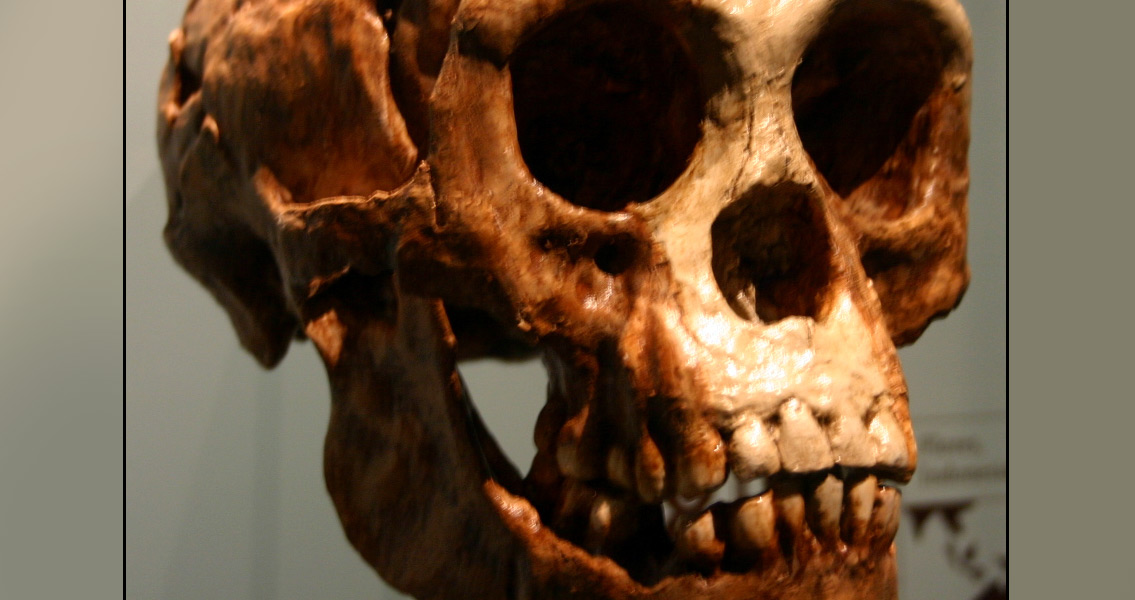<![CDATA[The remains of Homo floresiensis, aka the “hobbit” people, have been the subject of intense research since they’re discovery in 2003 to determine how they are related to modern humans – if at all. A recent study by scientists in France has concluded that the answer is – not at all. Examination of the “hobbit” skull specimen Liang Bua (LB1) has concluded that the cranial features are not supportive of its attribution to Homo sapiens, the modern human species. The genus Homo includes the Homo sapiens species, as well as various extinct species which are classified as closely related or ancestral to modern humans, Homo neanderthalensis and Homo habilis for example. The genus is approximately 2.8 million years old and initially appeared as H.habilis (its earliest species). The study’s coauthors, Antoine Balzeau with the Muséum National d’Histoire Naturelle, and Philippe Charlier from UVSQ/Paris-Descartes University, performed the medical study of LB1 which is considered the holotype discovery of H.floresiensis, by performing a micro-CT examination of the thickness of the cranial vault and the skull’s cranial structure. They discovered the skull did not, in fact, bear the traits which are common in modern humans, instead it carried traits much more characteristic of ancient hominins like Homo erectus, an extinct human species considered the first species of human to have moved out of Africa. Popularly referred to as “hobbit” because of its characteristic feet and diminutive build, H.floresiensis was thought by many experts to be an extinct species of human. Their skeletal remains were discovered on Flores Island in Indonesia by a joint Indonesian – Australian team of archaeologists who were searching for evidence related to the origins of human migration to Australia from Asia. The remains were indicative of an individual which would have stood around 3.5 feet (1.1 m) high and had a small brain, similar to ancient hominins. The find included one complete skull (the above mentioned LB1) and the incomplete skeletons of nine individuals. This hominin is considered remarkable for not only its small brain and body but also for its relatively recent survival – possibly just 12,000 years ago. Alongside the skeletons researchers found stone tools ranging from between 94,000 and 13,000 years old. Several scientists have suggested, after examining the “hobbit”, that the remains represented a modern human group suffering from disease and microcephaly which resulted in the physical characteristics that are featured in the fossils. However, other studies haven’t supported the hypothesis, and this latest study puts forth additional findings that support the suggestion the fossils do not exhibit pathological features comparable to extinct human species. Some scholars have suggested the ancient H.floresiensis could be connected to the Ebu Gogo myths which were prevalent on Flores Island. The Ebu Gogo, according to island folklore, were human-like creatures that resided in Flores, Indonesia. In the language of the central Flores Nage people, Ebu translates to “grandmother” while gogo means “he who eats anything.” An equivalent colloquial English could be similar to “Granny Glutton.” The Nage describe the Ebu Gogo as fast runners and able walkers who were about 1.5 m tall. Reportedly, they had flat and wide noses, large mouths, broad faces and hairy bodies. The females were described as having “long, pendulous breasts.” They were also said to have murmured in their own language, and were able to repeat what was said to them in a parrot-like manner. Image courtesy of Wikimedia Commons user: Ryan Somma]]>
Scientific Research Divulges More Information About “Hobbit” People
